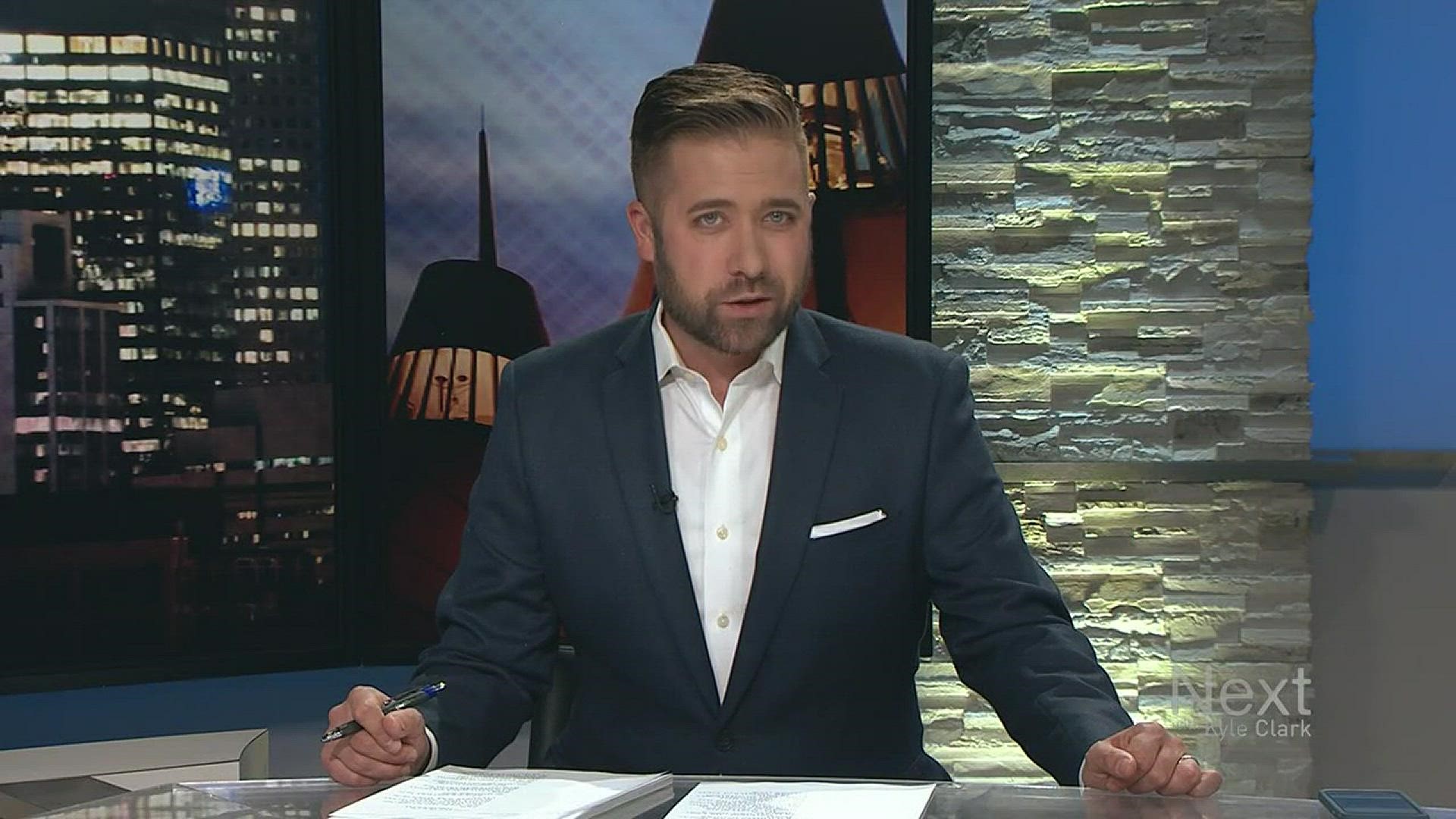In a very close vote this week, a Food and Drug Administration advisory committee voted in favor of re-writing the labels for opioid drugs to include a stronger recommendation that a prescription comes with a second one for naloxone, an overdose antidote.
Ultimately it's up to the FDA commissioner to decide if the federal agency will adopt the changes. Naloxone was approved by the FDA in the 1950s and is widely used to help revive someone overdosing.
Denver Health Paramedics, who respond to nearly all 911 medical calls in Denver, use naloxone as many as three times a day. More than 170 Colorado law enforcement agencies now carry it too.
Judy Solano, a founder and CEO of the Southern Colorado Harm Reduction Association in Pueblo, said naloxone helped save her son's life. She became much more vocal about her son's battle with addiction in the hopes to show other families they can be open too.
Solano said her son used pills from friends who took them from their parents.
"By the time he was 18," said Solano, "He started to experiment and self-medicate with heroin."
Solano said her son is currently in treatment out of state and has talked to her about overdosing.
"He doesn't remember what happened," she said. "But apparently the people he was with had the insight to administer naloxone to him," which Solano said her son kept with him. She believes that helped save his life.
Dr. Rob Valuck is a drug addiction expert and said many people - including himself - support encouraging more people to have naloxone nearby, especially those who are high-risk.
According to Valuck, "high-risk patients" include three categories.
1) People taking high dosages of opioid painkillers.
2) People taking other medications that can suppress breathing, like benzodiazepines, anti-depressants or anti-anxiety drugs.
3) People who already have some kind of breathing difficulty, like asthma, emphysema, COPD and chronic bronchitis.
"It might only take a few doses for your respiration to slow enough that you can overdose and potentially die," Valuck said, adding that a person doesn't have to be an addict in order to overdose.
While he appreciate the sentiments behind the FDA advisory committee's vote, he thinks it might be a little too aggressive.
"The idea is to co-prescribe people who receive opioids," said Dr. Valuck.
He said there are roughly 190 million opioid prescriptions issued a year in the country. Valuck doesn't believe everyone needs naloxone and doctors should be able to determine who is considered high-risk and should have it nearby.
The FDA advisory committee vote was 12 to 11 and there is no concrete timeline on when the commissioner will make a decision.
On Wednesday, the U.S. Department of Health and Human Services also come out with a similar recommendation in a statement, saying, in part:
"To reduce the risk of overdose deaths, the guidance released today reinforces and expands upon prior CDC guidelines. It recommends that clinicians prescribe or co-prescribe (prescribed in conjunction with additional medication) naloxone to individuals at risk for opioid overdose, including, but not limited to: individuals who are on relatively high doses of opioids, take other medications which enhance opioid complications or have underlying health conditions. By co-prescribing, or prescribing naloxone to at-risk individuals, patients and their loved ones could be better equipped for a possible complications of overdose, including slowed or stopped breathing. Clinicians should also educate patients and those who are likely to respond to an overdose, including family members and friends, on when and how to use naloxone in its variety of forms."
It mirrors guidelines Valuck said are already in place in Colorado. "In Colorado, our regulatory bodies the Department of Regulatory Agencies and some professional societies recommend that naloxone be co-prescribed for patients who are high-risk."
Then there is the cost of naloxone. The U.S. Department of Health and Human Services said naloxone comes as a nasal spray, injection and auto-injector and at least one form is covered by most health insurance plans, Medicaid and Medicare.
Without insurance, Valuck said a low-end nasal spray can cost $130 for two doses all the way up to $3,800 for two doses of the auto-injector version. People can also go to local pharmacies like Walgreens and CVS, and get naloxone without a doctors prescription.
The exact language of the question the FDA commissioners voted on is as follows:
"Would labeling language that recommends co-prescription of naloxone for all or some patients prescribed opioids, or more targeted prescribing for patients otherwise at high risk for death from opioid overdose be an effective method for expanding access to naloxone and improving public health?"
Twelve commissioners voted "yes" while 11 voted "no."
SUGGESTED VIDEOS | Next with Kyle Clark

